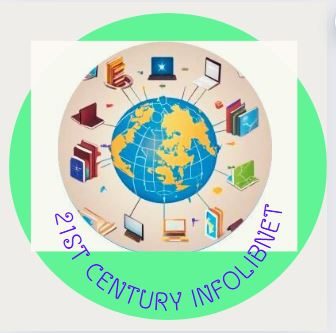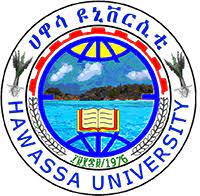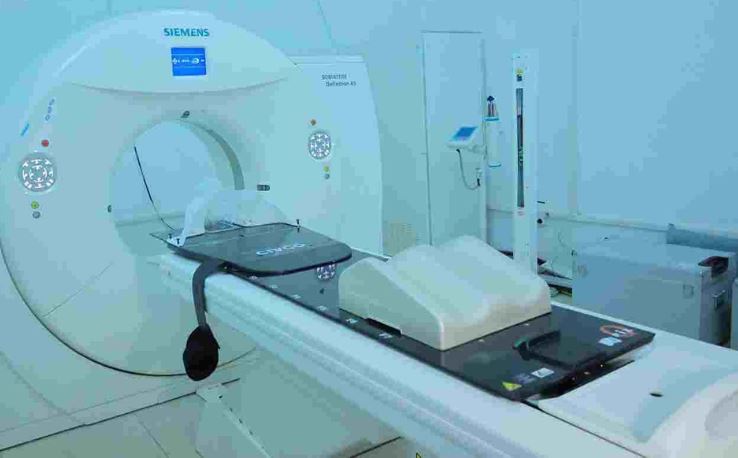CLIFOOD – German-Ethiopian SDG-Graduate School “Climate Change Effects on Food Security”
Introduction:
The German-Ethiopian SDG-Graduate School, known as CLIFOOD, is a collaborative initiative between the University of Hohenheim (UHOH) in Germany and Hawassa University (HU) in Ethiopia. This graduate school focuses on addressing the urgent challenges of climate change and its effects on food security. Supported by the German Academic Exchange Service (DAAD) and the Federal Ministry for Economic Cooperation and Development (BMZ), CLIFOOD aims to empower young academics and contribute to the achievement of the United Nations’ Sustainable Development Goals (SDGs).
Key Objectives:
1. Empowering young academics: CLIFOOD aims to provide young academics from higher education institutions in Africa with the necessary knowledge and skills to address the complex issues of climate change and food security [1].
2. Focus on SDGs: The graduate school specifically targets SDGs 1 (no poverty), 2 (zero hunger), 3 (good health and well-being), 13 (climate action), 15 (life on land), and other related goals [1].
3. Promoting sustainability: CLIFOOD emphasizes sustainability by fostering partnerships based on equality and promoting research that contributes to long-term solutions for food security in the face of climate change [3].
Research Areas:
1. Adaptation strategies for agriculture: CLIFOOD researchers are working on developing adaptation strategies for agriculture in regions affected by climate change. This includes identifying resilient crop varieties, exploring alternative farming practices, and studying indigenous plants that can withstand changing climatic conditions [3].
2. Livestock farming and food security: The graduate school also focuses on sustainable livestock farming and its role in ensuring food security. Researchers are examining ways to develop livestock farming practices that are resilient to climate change and contribute to the well-being of livestock owners [3].
3. Seasonal forecasting for food security: CLIFOOD researchers are investigating the use of seasonal forecasting, particularly the influence of climate phenomena like El Niño and the Southern Oscillation, to improve preparedness for extreme weather events. This research aims to help farmers better anticipate and mitigate the impacts of droughts, floods, heatwaves, and storms on food production [3].
Benefits and Future Plans:
1. Capacity building: CLIFOOD provides workshops and training sessions to equip junior researchers with essential skills in project management, leadership, and scientific writing. This capacity building approach ensures that the knowledge gained during the program can be effectively applied in their home countries [3].
2. E-learning platform: CLIFOOD is developing an e-learning platform to facilitate knowledge exchange between the University of Hohenheim and Hawassa University. This platform will enable quick and cost-effective sharing of courses, lectures, and study materials, benefiting not only CLIFOOD participants but also other doctoral students [3].
3. Long-term impact: The research conducted within CLIFOOD has the potential to make a lasting impact on food security in Ethiopia and other regions of Sub-Saharan Africa. By addressing the challenges of climate change and promoting sustainable agricultural practices, CLIFOOD aims to contribute to the long-term well-being and prosperity of communities [3].
Learn more:













![[Gudina Tumsa – Martyr and Thinker]- GUDINA TUMSA International Airport is Inagurated](https://mylibrarianship.wordpress.com/wp-content/uploads/2024/06/448397281_8188092431246928_1073343347905191597_n-1.jpg?w=1200)







![Introduction to Qubee Afaan Oromoo for Amharic speakers-በላቲን ቁቤ ኣፋን ኦሮሞ መጻፍ እና ማንበብ [አዘጋጅ፡ ዶ/ር ሀብታሙ ገበየሁ]](https://mylibrarianship.wordpress.com/wp-content/uploads/2024/06/maxresdefault-1.jpg?w=1200)

















You must be logged in to post a comment.